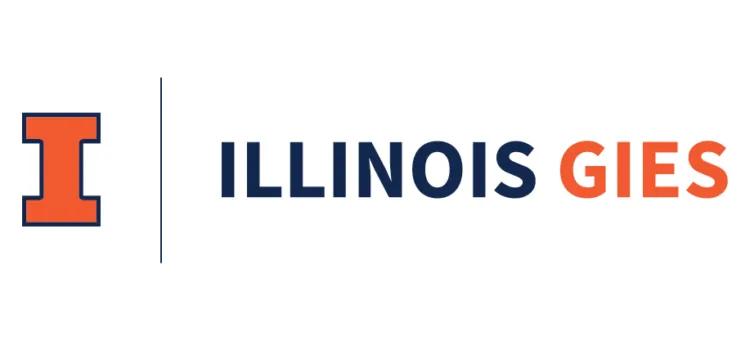
If one purpose of the college degree is to help people achieve financial independence, then it’s not doing its job for too many people who earned their degrees within the decade. That’s the somewhat surprising findings from new data from Intilligent.com, an online magazine centered around helping students make informed choices about their college education.
According to the survey, a surprisingly high number of people who graduated college within the last 10 years have no savings, no retirement, and can’t make their student loan payments.
College grads do indeed make, on average, about $22,000 more per year than their high school counterparts, according to data from Money.com. That’s the highest differential ever in earning potential between the two categories. However, the latest survey from Intelligent.com questions whether that earning power is enough to outweigh the surging cost of college.
The magazine surveyed 800 people who had earned college or postgraduate degrees within the last 10 years about their financial stability. According to the survey:
- 32% have less than $5,000 in savings
- 43% say they “often” or “always” live paycheck to paycheck
- 21% have credit card debt of more than $20,000
MOST COLLEGE GRADS WILL HAVE TROUBLE PAYING BACK STUDENT LOANS
Sky-high tuitions, which are in many cases still rising despite a pandemic slow-down, aren’t supposed to be for the “college experience. They’re supposed to come with a promise of a good return on your initial investment.
Generally, that holds true for graduates of many business programs. The National Association of Colleges and Employers found salaries for 2022 graduates with a business degree are projected to climb 3.1% over last year, nearly double 2021’s projected increase of just 1.6%. And the high starting salaries for students with business degrees are among the most compelling arguments in favor of the degree.
Of course, not all schools or degrees are created equal. The Intelligent.com survey, which surveyed graduates from a variety of schools and degrees, found that most people who earned their degrees within the last 10 years will have trouble paying back their federal student loans when the pandemic-inspired moratorium expires on August 31.
Three in four survey respondents reported that they still owe money on their federal student loans, with 36% reporting owing $20,000 or more. Fifty six percent say it will be “somewhat” or “very difficult” for them to start making payments again while only 14% say they have been making payments through the pandemic, according to the survey.
“In order to start paying their federal loans again, respondents plan to cut down on entertainment expenses, pick up extra work hours, and hit up their savings account, among other strategies,” Intelligent.com writes in its survey report.
According to the survey, 41.2% of respondents will cut down on shopping and entertainment, 38.49% will pick up extra work, and 32.11% will dip into their savings accounts.
“Although a college degree undoubtedly opens up job opportunities with higher earning potential, this doesn’t mean that graduates are guaranteed a stable financial future. In fact, many of our survey respondents reported an alarming lack of savings and high credit card debt, and it would appear that the impending restart of federal loan payments, if and when it does happen, will only put more strain on this group of recent college grads,” the report reads.
WHAT RETIREMENT ACCOUNT?
The report notes that financial experts recommend 20-somethings should have around $10,000 in the 401(k) retirement plans in order to maintain similar lifestyles after retirement while 30-somethings should have $38,000.
However, 13% of survey respondents, between the ages of 22 and 32, have less than $1,000 in their retirement savings while 15% don’t even have a retirement account set up. Some 10.72% have between $1,000 and $5,000 while 10.6% have $5,000 to $10,000.
LIVING PAYCHECK TO PAYCHECK WITH HEAVY DEBT
In other survey findings:
- In addition to the 21% who reported $20,000 in credit card debt, another 10% reported having upwards of $40,000 in debt.
- 21% incurred nearly $20,000 in medical debt during the pandemic with 13% reporting nearly $40,000
- 26.06% reported “sometimes” living paycheck to paycheck, while 17.21% reported “rarely” living that way and 13.09% reporting “never.”
- 16% reported having less than $1,000 in savings, leaving little room to pay for emergencies that may pop up.
Intelligent.com conducted its survey through Pollfish on April 5, with 800 college degree holders in the United States responding. Respondents were between the ages of 22 to 32.
Read Intelligent.com’s latest survey report here.
DON’T MISS: A THIRD OF UNDERGRADS MIGHT DROP OUT BEFORE FALL 2022 AND 4 WHARTON FRESHMAN WIN MAJOR VENTURE CHALLENGE










